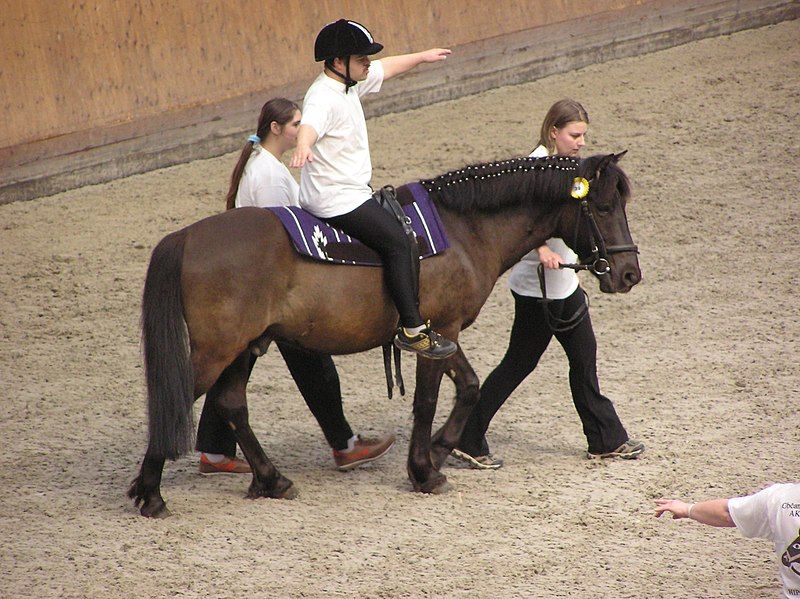Updated - 30th Jan 2023
It may be the cute paws of dogs or the loving purrs of the cat, animal owners will vouch for the positive effect of having a pet in your life. And consistently this is what has been found in most scientific studies as well.
One of the main attractions of CES 2023 was robotic pets. The pet dogs captured the imagination of visitors, innovators, and media persons alike.
Pet therapy, also known as animal-assisted therapy involves the interaction between pets and individuals. The use of pet therapy has gained popularity in recent years as a complementary therapy for many physical, emotional, and psychological conditions.
Animal Assisted Therapy as a Medical Intervention
Pets like dogs force the owners to increase their physical activity levels improving cardiovascular health, reducing the risk of falls, and improving muscle strength and coordination. Pets also provide opportunities for elderly individuals to socialize and engage with each other. Recent researches recognize Pet Therapy as Animal Assisted Therapy as a proven intervention for behavioral and psychological improvement in older adults. The companionship alleviates feelings of loneliness and isolation bettering mood, reduces symptoms of depression, increases the feeling of security, and enhances overall cognitive functioning.
The success has now helped many caregivers, senior homes, and medical professionals to introduce Animal Assisted Therapy as a proven intervention. Even older adults suffering from dementia show positive behavioral signs when interacting with pets. Pet Visitation is widely recommended for many patients as an add-on to traditional medical interventions. Hence, domestic pets are now encouraged to be brought to meet hospitalized patients and help them in recovery.
Pets are even more useful in severe psychological or mental health conditions such as schizophrenia, drug abuse, and addiction. Spending time with animals, especially in nature has proven to act like medicine itself.

The most common pets used in therapy are cats, dogs, horses, fish, birds, pigs, and even farm animals. The type of animal truly depends upon the owner or professional's requirements, home settings, and therapy goals. Dogs are wonderful for large home settings that may have easy access to the outdoors. Dogs are great for companionship, responsiveness, and outdoor activities. On the other hand, cat owners vouch for their companionship, stress relief, and low maintenance. other animals like birds, pigs, rabbits, and fish all are useful in their own way.
Older adults aim for moderate physical activity and companionship. Hence, smaller dogs, cats, fish, or even pets like tortoises are popular with Oseterics. They are also considered under the exotic pets category.
History of Pet Therapy
The use of animals for therapeutic purposes dates back to ancient civilizations. In ancient Greece, pets were considered to have magical healing powers. In ancient Egypt, the domestication of dogs and cats was encouraged as they would offer comfort and relieve stress. The roman empire went ahead and would use birds and fish to give soothing effects to soldiers who returned back from war. Native Americans as well as Indians believed horses to be both companions and spirits.

But the formal recognition of pet therapy as a therapeutic intervention is relatively recent. Pet therapy began to gain recognition in the 1960s and 1970s when therapeutic horseback riding was introduced for people with physical and intellectual disabilities. This is still in use and is also known as EAT - Equine Assisted Therapy. In the 1980s, dogs began to be trained and used for therapeutic purposes.

Since then, pet therapy has become a well-established field, with a growing body of research supporting its efficacy and benefits. Today, pet therapy is used in a variety of settings, including hospitals, nursing homes, schools, and community centers.
Pet Therapy has now been classified as Therapeutic Visitation - Where seniors or older adults interact with pets on visitation pets while they stay in hospitals or nursing homes etc. AAT or Animal Assisted Therapy happens under medical supervision for patients suffering from mental disorders such as depression or schizophrenia. Emotional Support Animals are cohabitants with people who need long-term companionship from animals. And the most commonly understood type is Service Animals where animals like dogs aid the owners in their chores or raise alarms during seizures etc.
All the types are slowly getting more popular and newer regulations are being updated to make them more mainstream.
Pets for Seniors
Now senior centers, communities, hospices, and medical facilities have incorporated Pet Therapy as an integral part of their program. This includes visitations from comforting animals, outbound trips to meet farm animals and even encouraging pet ownership among seniors. More and more centers are having resident animals providing continuous opportunities for interactions.
Companies such as Therapet in Texas claim to help patients with balance and mobility while also enhancing their psychosocial well-being. These are critical dimensions for older adults.
The company Joyforall provides life-like companion pet toys that have real-life response capabilities. With simply no maintenance, they have the ability to interact with a person and provide the comfort of companionship. Studies and pilot tests have all proven to give positive evidence to companion robot pets.
Non-Profit PetsForElderly works especially on this concept to deliver pets for seniors and the elderly so that they can benefit from the interaction with pets. The Senior Paw Project from CV Hubbard Foundation helps in aiding seniors in caring for their pets. Meals on Wheels America has also started programs for both seniors and their pets.

But there is another trend that is capturing all ages and generations. People inadvertently are benefiting from pet playfulness by utilizing hundreds of social media channels providing daily videos on pets. Having a social media channel dedicated to your pets is not just a trend but a serious cottage industry. The top Instagram channels like jiffpom have about 10 mn followers while dougthepug has more than 3 mn followers who keenly follow the lives of the pets. Similar channels are also available on Youtube like catpusic and cole&marmalade having some of their videos crossing several million views.
Although there are no scientific studies to tell the effects of just watching pet videos, the engagement is definitely soothing for many viewers!
The original article was published in 2021 and has now been updated
Feedback: Leave your comments below








